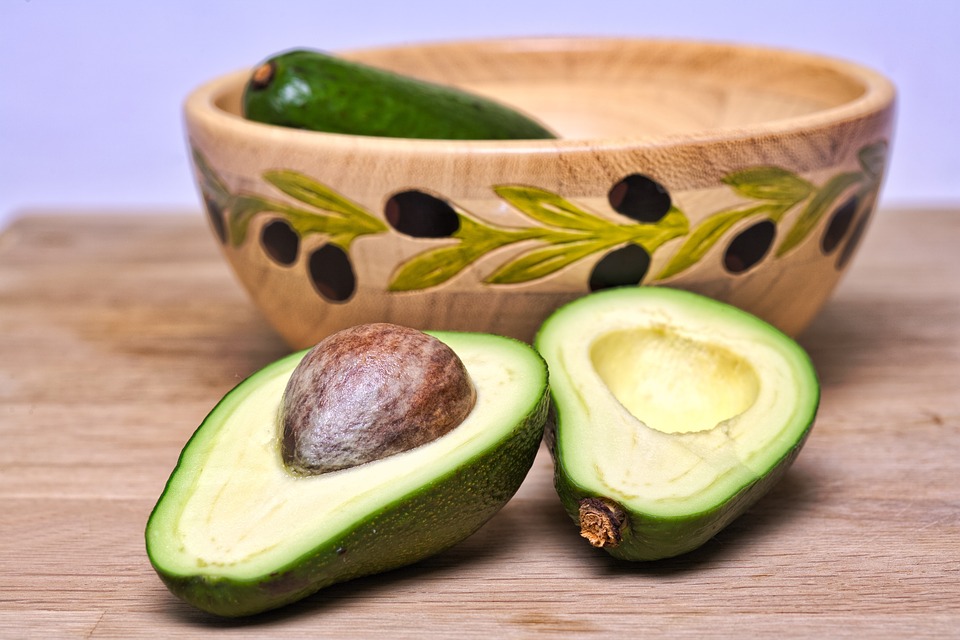So, you can find most of this on the internet, and then some, but here is a brief overview.
What are macros?
Macronutrients (macros) are the building blocks of your nutrition – protein, fat, and carbohydrate. They each have a unique function. They provide caloric energy and the building blocks of your cells, organs, chemistry, and tissues. There is the fourth calorie provider – alcohol – that can derail your goals.
Proteins
Protein is essential and is composed of carbon, hydrogen, and nitrogen. Proteins are made up of individual amino acids in specific forms for their function. You can get protein from a variety of sources. We traditionally think of them as being in animal products, but vegetable and grain sources may be sources of protein as well. I’m a big fan of animal proteins since they are packed with vitamins and minerals and have the most complete protein profiles.

Proteins are used to synthesize new proteins, peptides, amino acids, hormones, and enzymes that the body needs. They help build muscle and prevent muscle loss, among other things. They can even be converted to glucose for energy if needed.
The Acceptable Macronutrient Distribution Range (AMDR) is 10-35% of your daily intake, but you may need more if you are lifting, making babies, etc.
Protein has 4 calories per gram. It is the most satiating of the macros, so eat up.
Fats
Fats are also essential. They are also known as triglycerides because they contain three fatty acid chains attached to a glycerol molecule. They are generally classified as being saturated, monounsaturated, or polyunsaturated, depending on where their hydrogen and carbon bond arrangement. They have several functions in your diet, including being an energy source, producing hormones, and supporting the nervous system. They provide essential fatty acids that our bodies cannot make. Fats can be used as energy or stored as adipose tissue.
The AMDR for fats is 20-35% of your daily intake. You can go higher with fats for hormone repair or on a ketogenic diet.
Fat has 9 calories per gram. The costliest of the macros, but so yummy.
Carbohydrates
Carbohydrates (carbs) are not an essential nutrient; however, they are a significant source of energy. They are made up of carbon, hydrogen, and oxygen. Carbs are stored in our bodies as glycogen in our liver and muscle tissues. They come from fruits, grains, dairy, legumes, and vegetables.
 The AMDR is 45-65% of your daily intake. They may not be essential to your body, but you do not want to break down protein to make glycogen to fuel your brain and muscles, so carbs are not the enemy. If you are any kind of an athlete or exerciser, you need them in your diet.
The AMDR is 45-65% of your daily intake. They may not be essential to your body, but you do not want to break down protein to make glycogen to fuel your brain and muscles, so carbs are not the enemy. If you are any kind of an athlete or exerciser, you need them in your diet.
Carbs have 4 calories per gram.
Fiber is a carb. Fiber is indigestible and can either be soluble or insoluble. There is a whole host of benefits from getting adequate fiber, so you need it.
Is Alcohol one of the key macros?
Yep, we need to talk about it. Alcohol is not a macro, but it still has 7 calories per gram. The calories from alcohol are not metabolized like the others however. Alcohol can inhibit the metabolism of your macros – and not in a reducing-the-calories-awesome kind of way. Alcohol consumption can also be the gateway to nachos, wings, and pizza in excess. There are online calculators for determining the number of fat or carb grams a drink will cost you based on the alcohol content and volume of the drink if you are counting macros. You can then ‘quick add’ those macros in for your drink. This will reduce the number of macros you have for nutrient-rich food and become costly quickly, so I recommend you track it. Understand that overuse of alcohol may limit your results, but with the freedom of flexible eating, you can imbibe here and there and not feel guilty about it.






